Moliniya blue: description of varieties and secrets of cultivation
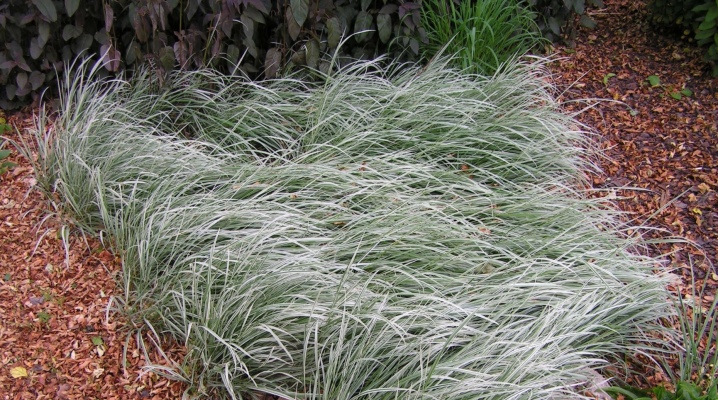
Moliniya belongs to perennial cereals. It forms a very lush and large shrub with thin leaves, reminiscent of a lion's mane. This appearance of the plant will serve as a spectacular decoration for any lawn.
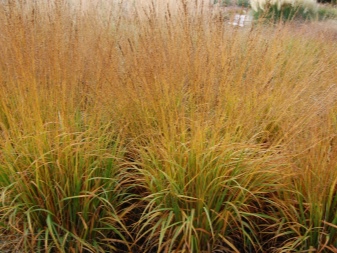
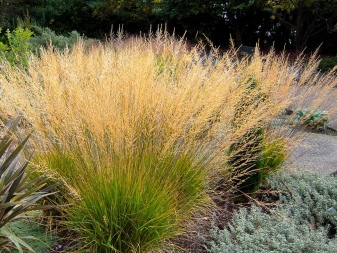
Description
In its natural environment, blue moth (Molinia caerulea) grows in wild wastelands. The height of the bush can vary from 40 to 200 cm. Erect bare stems form a spreading bush, the leaves have a slightly bent back shape. The leaf plates are elongated, with strongly pointed edges, rough to the touch. They grow from the roots and form a very dense bunch; no free space is formed in its middle.
The ground part of the bush is colored bright green with a gray-blue tint, some varieties have a variegated color. In autumn, the leaves turn yellow or reddish brown. Molinia blooms, thin paniculate peduncles are presented in the form of elongated spikelets, their height ranges from 1 to 2.5 m. Silvery inflorescences with a slight purple tint are formed in mid-summer. The flowering period lasts about two months. In September, seeds ripen on peduncles.
The root system of the plant is creeping, located close to the surface of the earth. Moliniya does not differ in rapid growth, in the first year the perennial grows only up to 40 cm. Such a gradual growth makes it possible to preserve the decorative features of the bush for a longer time. The blue variety is one of the most popular species in the Molinia genus.
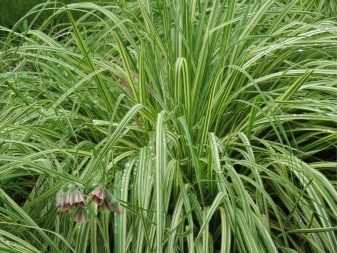
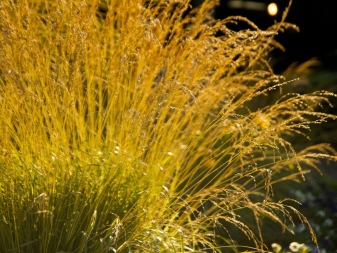
Overview of varieties
The varietal variety of blue thorns is quite numerous.
- Heidebraut has erect stems and few leaves, which is why the bush has a rather narrow shape. In height "Heidebraut" reaches 1.5 m. The leaf plates have a bluish-green color, and become golden in autumn. The inflorescences of the representatives of the variety are brownish-beige in color.
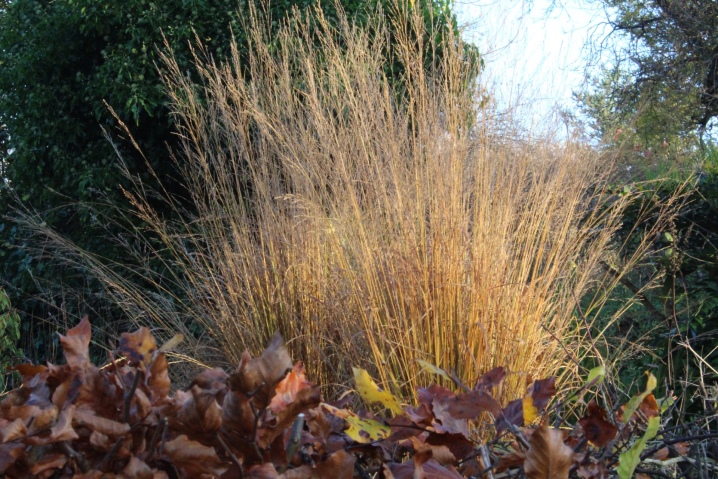
- Rotschopf also a rather narrow upright bush. Green leaf plates are decorated with burgundy edging.
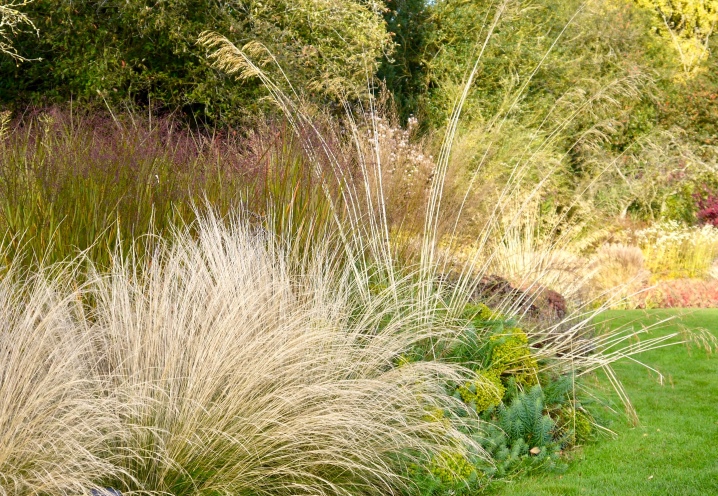
- Dauerstrahl has wide dimensions, which visually increase with stems slightly bent back.
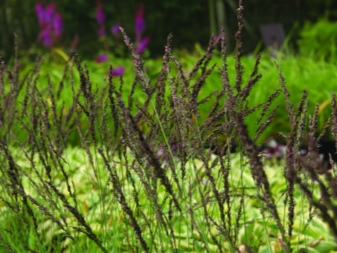
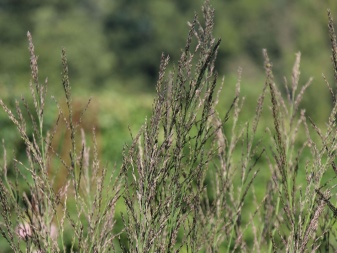
- Moorhexe differs in the density of the bush, but at the same time it has a narrow diameter. "Murhex" grows up to 90 cm, shoots grow vertically, purple panicles-inflorescences are formed on them. The leaf plates are bright green and turn brownish yellow in autumn.
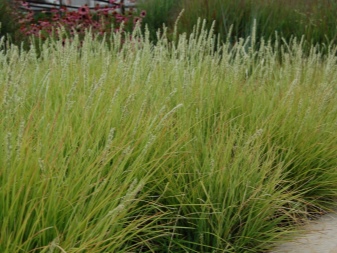
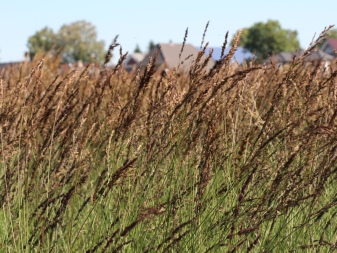
- "Variegata" has a height of 30-50 cm, peduncles reach 1.2 m. Leaves are green with beautiful golden streaks. The inflorescences are purple-brown.
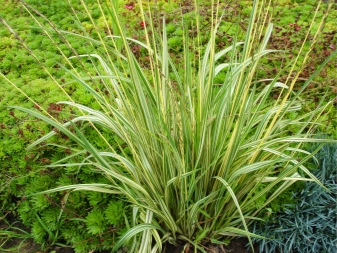
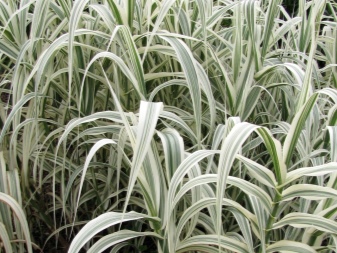
- "Edith Dazus" grows up to 1 m. Narrow leaves have a green color, and spike-shaped inflorescences of violet-beige tones.
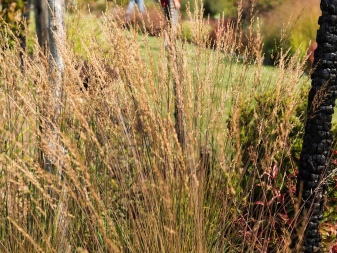
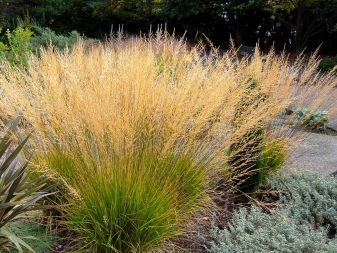
- Strahlenquelle differs in a rather wide bush shape. The stems of the plant are arched, bright green in color.
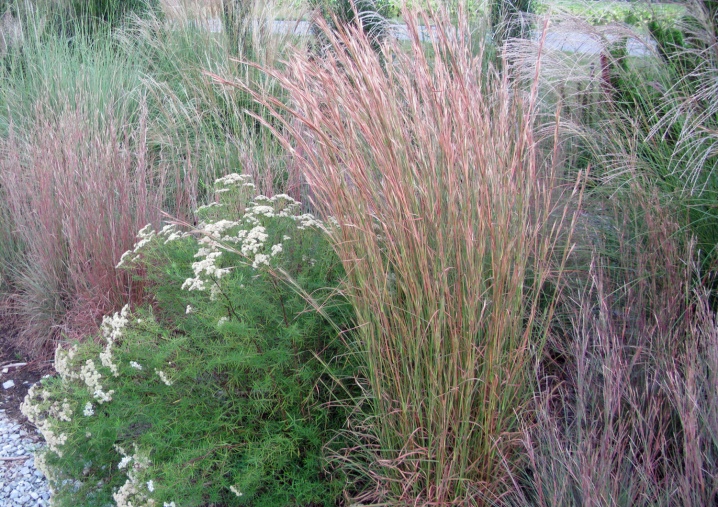
Landing rules
In nature, blue lightning grows in moist soils, near swamps and in flooded areas. When cultivated, the plant is not picky about the planting site, it can grow both in a well-lit area and in partial shade and shade. Molinia prefers regions with a temperate climate, although the plant loves cool conditions more, it is warm-growing, that is, its growth occurs precisely in hot weather. Herbaceous perennial is undemanding to the soil, but damp soils or even sticky, slightly acidic ones are preferable for it.It is optimal to choose a place with shading, because in the bright sun the foliage loses its bright color, and with a well-loosened soil.
In the presence of clay soil, it is worth adding peat, chernozem, humus and sand in equal parts to it. It is worth planting a zipper in open ground in May, so that the earth is well warmed up, and frost is also avoided.
The distance between the seedlings must be maintained depending on the type of plant: for narrow bushes, 30 cm is enough, but for wide ones - about 50 cm.The hole is made about 30 cm deep, a little compost and mineral fertilizer are added to the bottom. If the zipper is planted as a ground cover, then the planting can be made thicker.
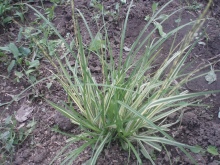
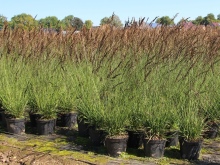
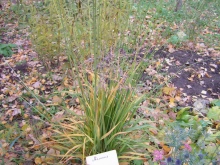
Care features
It is extremely easy to care for the lightning blue, it is completely non-capricious and adapted to any conditions of detention. In nature, the plant grows on moist soils, so young bushes, as well as mature ones at the beginning of the growing season, need regular watering, the soil must be constantly moist. For adult plants in the second half of the growing season, one moisture per week is quite enough; in hot weather, it is worth increasing the number of waterings. If there is fertile soil on the site, the bushes can not be additionally fed.
When caring for a zipper, it is worth taking time to weed regularly, since weeds take useful elements from the soil that are necessary for the plant, and, moreover, spoil its appearance. Thin leaves quickly recover from wind or rain; they do not need a garter.
By the fall, the bush dries up, so pruning of the ground part is required, although it can be done in the spring. The perennial is frost-resistant, but in regions with cold winters, it is worth applying a layer of mulch from needles or leaves, and also sprinkling the bushes with snow.
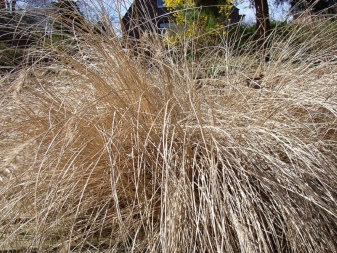
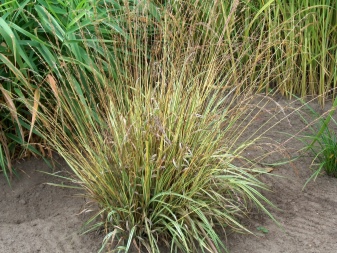
Reproduction methods
You can breed blue lightning both by seeds and vegetatively.
Growing from seeds
Seed material is sown first for seedlings in April, this procedure is carried out mainly in colder regions. It is recommended to do this in small containers, so that in the future the plant can be planted in the soil by transshipment (together with an earthen clod). It is better to take the earth light, slightly acidic, before planting it is watered, seeds are placed and lightly sprinkled with earth. Seeds sprout pretty quickly and well, even without additional cover. At the end of May, the sprouts can already be planted in the place of growth. In areas with warm climatic conditions, seeds are sown in May or in autumn directly into the soil.
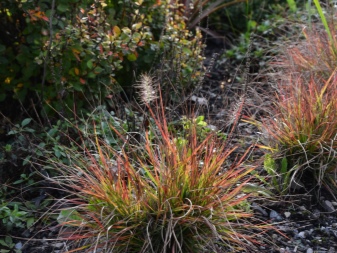
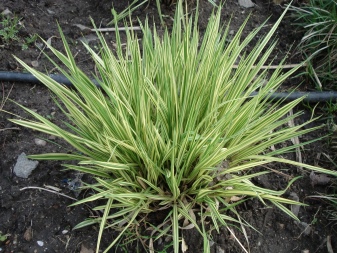
By dividing the bush
Mature bushes divide well and easily tolerate transplanting. The division procedure is recommended to be carried out in the first summer month. The plant is well moistened and carefully dug up, divided into parts and immediately planted in the soil. The bush acquires its magnificent shape only by 3-4 years of life. You can also detach the shoots without digging the plant out of the ground, which also allows you to thin out a dense bush. The subsequent transplant will not be needed soon, it is carried out when absolutely necessary: with a strong growth of a bush or a change in the place of growth. It is worth carrying out a transplant in the spring.
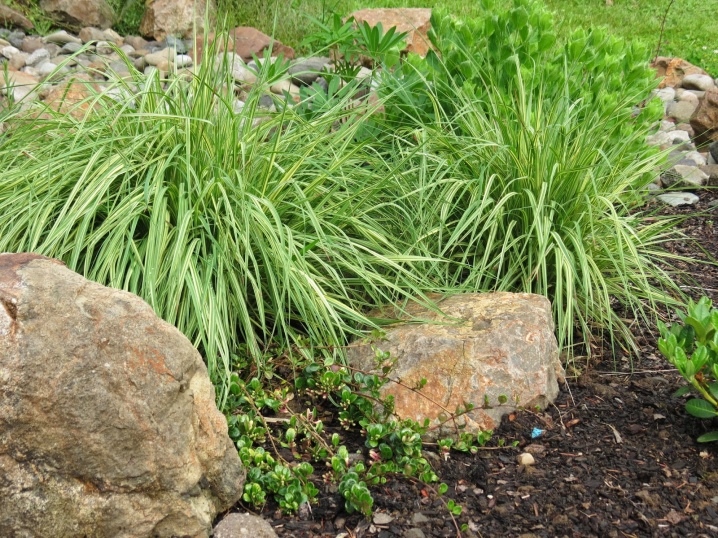
Diseases and pests
Blue molinia is highly resistant to diseases and insect damage. Preventive treatments with fungicides and insecticides will become reliable protection of the plant, they will protect the perennial from many problems. In areas with frequent weather changes and regular rains, it is worth treating the bushes with fungicidal preparations in order to prevent fungal diseases. It is enough to carry out such measures once a month.
In hot periods, the plant can be affected by a spider mite, the fight against it consists in spraying the plant with insecticides, they also treat the plant in spring and autumn for prevention. Quite often, untreated bushes damage the larvae of the beetle, as well as scoops and bark beetles.
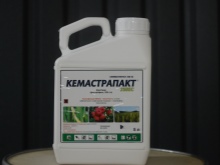


Preventive measures for the treatment of stems and root parts with preparations containing imidacloprid will help protect the thunderbolt. They begin to use them from April every 1.5-2 months.
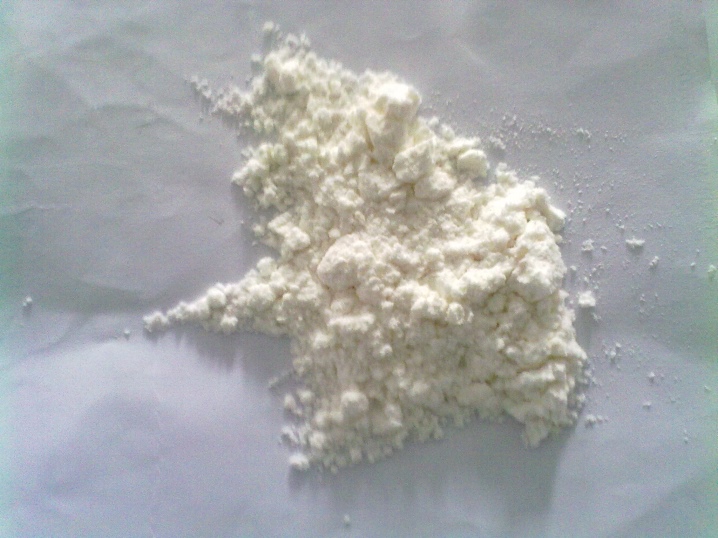
An overview of the lightning blue in the video below.







































































































The comment was sent successfully.